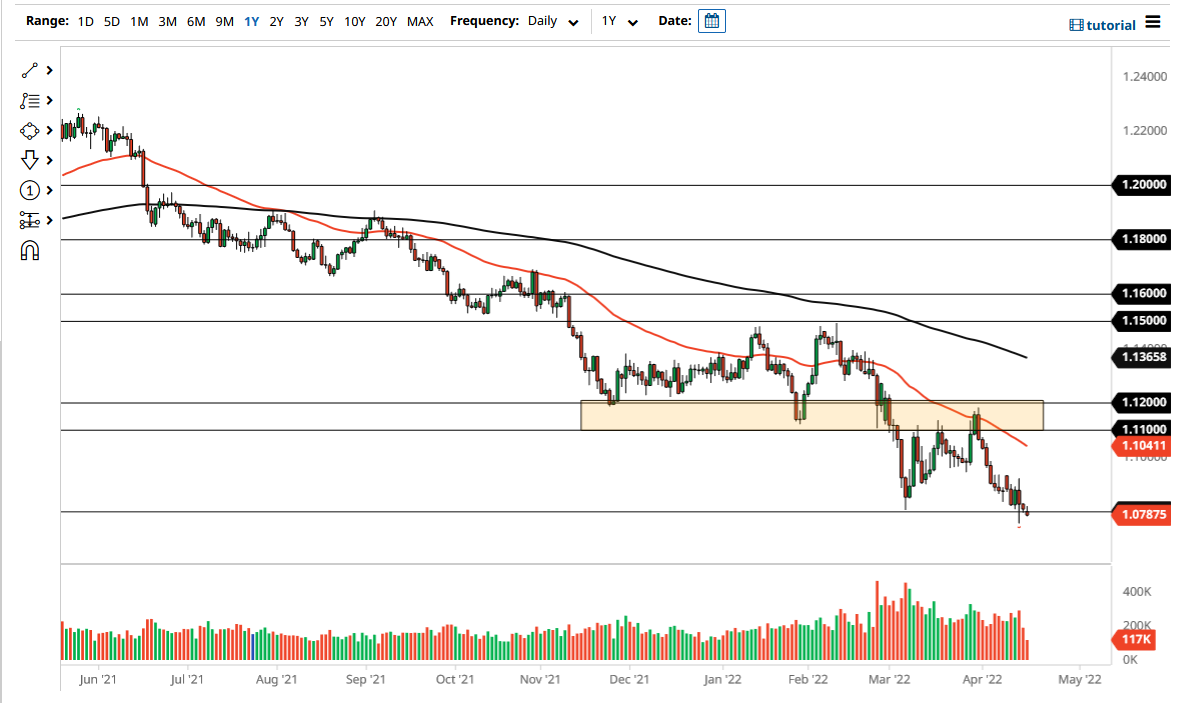By: Christopher Lewis
The action by several central banks on Wednesday to lower the borrowing rates for Dollars has boosted several of the “risk on” trades in the global currency markets. The idea behind the move was to make liquidity available in the marketplace so that in the case of a credit crunch, banks could easily borrow US dollars which are so vital in international finance.
While the initial action is positively reacted to, one has to ask exactly why this might have happened. Is there something that the central banks of Switzerland, Japan, Canada, United States, Britain, and the Euro Zone know that the market doesn’t? Probably, and that makes you have to think that it wasn’t good. Of course, it also could be a reaction fueled by the lessons learned in 2008. Either way, they didn’t do this out of the blue, and for no reason.
With this news, many currency pairs shot directly into the “risk on” territory, and with that the EUR/USD spiked initially. The pair slammed into the 1.35 handle, and has drifted lower just after originally piercing it. The area has been massive support in the past, and breaking below it was a real feat once it happened. The pair has dropped as low as the 1.3450 area just two hours after the announcement, showing just how resistive the 1.35 handle is going to be for the Euro going forward. With this in mind, it becomes obvious that rallies are going to struggle in the future as well until we can close well above the area.
Looking at the charts, we can see that the pair seems to be gravitating towards the 1.31 level, and it appears that despite this spike, there are still many traders that wish to see it head there. The markets are still being pushed around on headlines, and one has to wonder if the volume is very heavy at the moment by the ability for spikes like this to happen over and over. With this in mind, keeping your stops in place is going to be more important than ever going forward.

